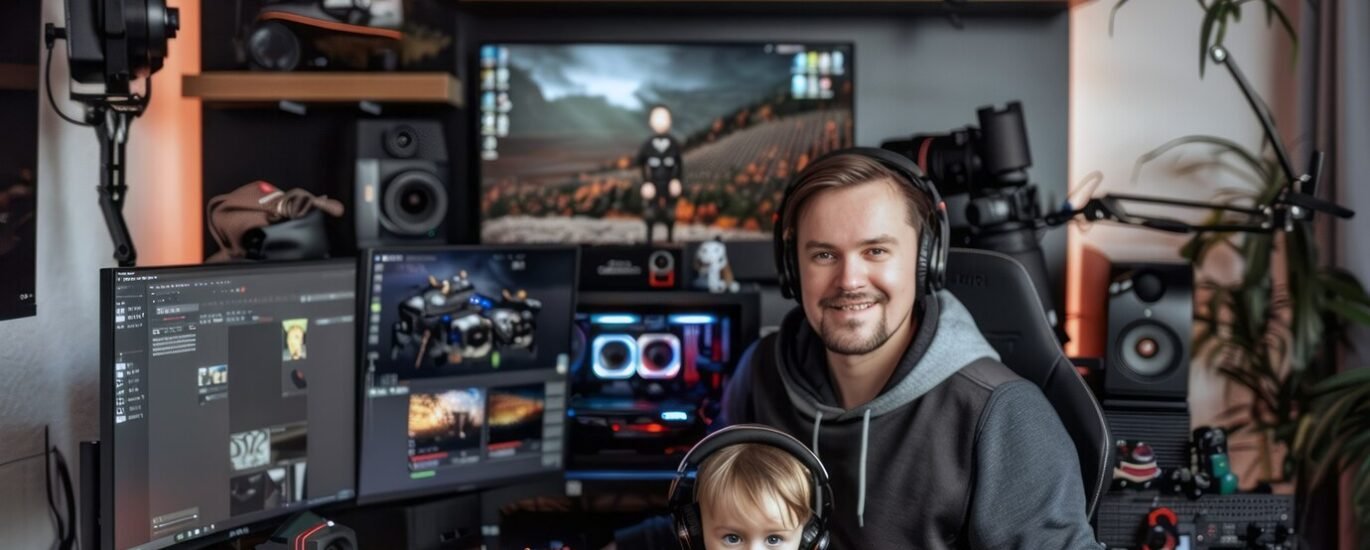In today’s competitive landscape, optimizing your media budget is crucial for maximizing return on investment (ROI). With various platforms and strategies available, it can be challenging to determine where to allocate your resources effectively. In this blog, we’ll explore actionable strategies to help you optimize your media budget and achieve the best possible ROI.
1. Set Clear Goals and KPIs
Before allocating your media budget, it’s essential to define clear objectives and key performance indicators (KPIs). This clarity will guide your spending decisions and help you measure success effectively.
A. Define Your Objectives
- Brand Awareness: If your goal is to increase brand visibility, focus on channels that reach a wider audience.
- Lead Generation: For lead generation, prioritize platforms that drive traffic to landing pages or capture user information.
- Sales Conversion: If sales are your primary focus, allocate more budget to channels with proven conversion rates.
B. Establish KPIs
- Engagement Metrics: Track likes, shares, comments, and other engagement metrics to assess content effectiveness.
- Conversion Rates: Monitor the percentage of visitors who complete desired actions, such as purchases or sign-ups.
- Cost Per Acquisition (CPA): Calculate how much you spend to acquire a new customer to evaluate the efficiency of your spending.
2. Analyze Historical Data
Leveraging historical data is essential for making informed decisions about your media budget. Review past campaigns to identify trends and insights that can guide future spending.
A. Evaluate Previous Campaigns
- Performance Analysis: Assess which channels and strategies yielded the best results in terms of ROI.
- Audience Insights: Determine which audience segments responded most positively to your campaigns.
B. Use Analytics Tools
- Google Analytics: Utilize Google Analytics to track website performance and understand user behavior.
- Social Media Insights: Analyze metrics from social media platforms to gauge engagement and reach.
3. Diversify Your Media Channels
A diversified media strategy can help you reach a broader audience and reduce the risk of relying too heavily on a single channel.
A. Explore Multiple Platforms
- Social Media: Utilize a mix of platforms like Facebook, Instagram, LinkedIn, and Twitter, each tailored to your target audience.
- Search Engines: Invest in both organic search (SEO) and paid search (PPC) to enhance visibility across search engines.
B. Test New Channels
- Emerging Platforms: Experiment with newer platforms like TikTok or Clubhouse to reach untapped audiences.
- Content Formats: Explore various formats, including video, podcasts, and blogs, to engage your audience in different ways.
4. Implement A/B Testing
A/B testing is a valuable technique for optimizing your media budget by comparing the performance of different strategies.
A. Test Ad Creatives
- Visual Variations: Experiment with different visuals, headlines, and calls-to-action to see which combinations resonate best with your audience.
- Targeting Options: Test various audience segments to identify which groups respond most positively to your ads.
B. Analyze Results
- Data-Driven Decisions: Use the insights gained from A/B testing to refine your campaigns and allocate budget to the highest-performing strategies.
5. Optimize Ad Spend Based on Performance
Regularly reviewing and optimizing your ad spend is crucial for maximizing ROI. Monitor performance metrics and adjust your budget accordingly.
A. Reallocate Budget
- Shift Resources: Move budget from underperforming campaigns to those with higher engagement and conversion rates.
- Focus on High-Performing Channels: Allocate more funds to channels that consistently deliver strong results.
B. Set Daily or Weekly Budgets
- Control Spending: Implement daily or weekly budget caps to manage spending and prevent overspending on underperforming campaigns.
6. Leverage Retargeting Strategies
Retargeting is an effective way to engage users who have previously interacted with your brand, helping to increase conversion rates.
A. Create Custom Audiences
- Website Visitors: Target users who have visited your website but did not make a purchase.
- Engaged Users: Retarget users who have engaged with your content on social media or email campaigns.
B. Use Dynamic Ads
- Personalized Messaging: Utilize dynamic ads to show users products they viewed or similar items, increasing the likelihood of conversion.
7. Monitor and Adjust in Real Time
Continuous monitoring of your media budget and campaign performance is essential for maximizing ROI. Use real-time data to make informed adjustments.
A. Real-Time Analytics
- Dashboards: Set up dashboards to track key metrics and monitor campaign performance in real time.
- Alerts: Use alerts to notify you of significant changes in performance, allowing for quick adjustments.
B. Be Agile
- Adapt Strategies: Be prepared to pivot your strategies based on real-time data and changing market conditions.
Conclusion
Optimizing your media budget for maximum ROI requires a strategic approach that includes setting clear goals, analyzing historical data, diversifying channels, and continuously monitoring performance. By implementing these strategies, you can make informed decisions about where to allocate your resources, ensuring that you achieve the best possible return on your investment. In a competitive digital landscape, staying adaptable and focused on data-driven insights will be key to your success. Embrace these tactics, and watch your media budget work harder for you!






